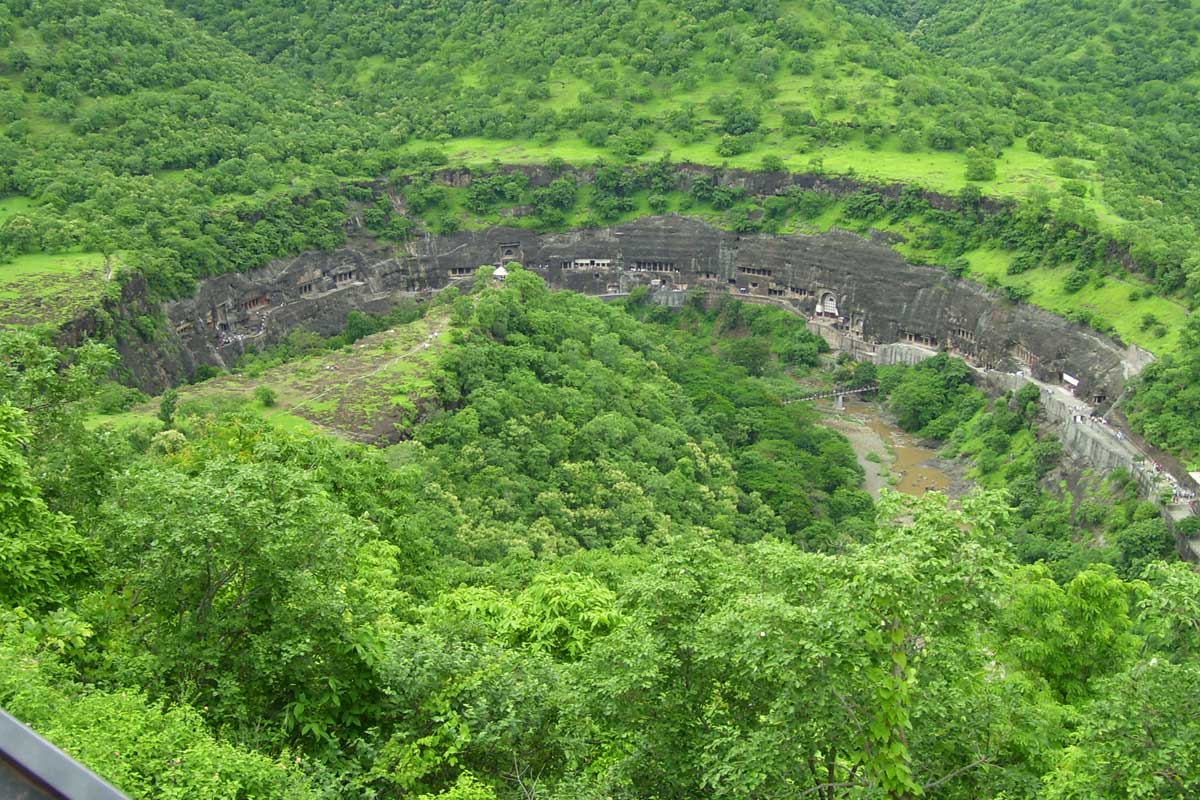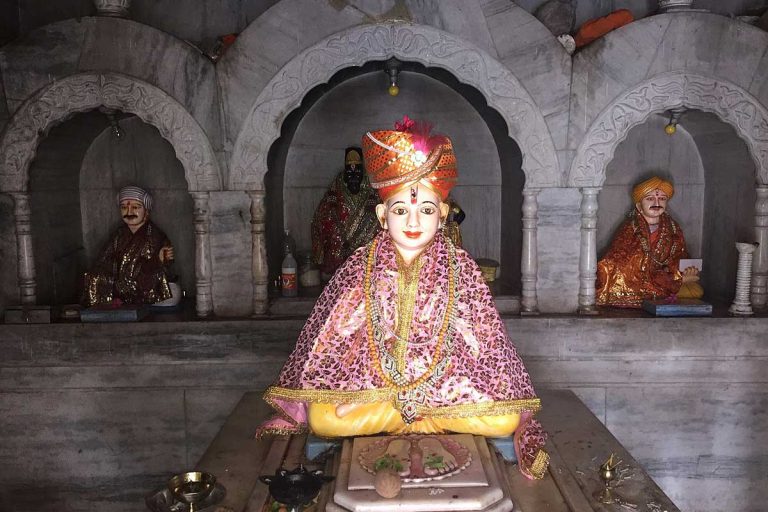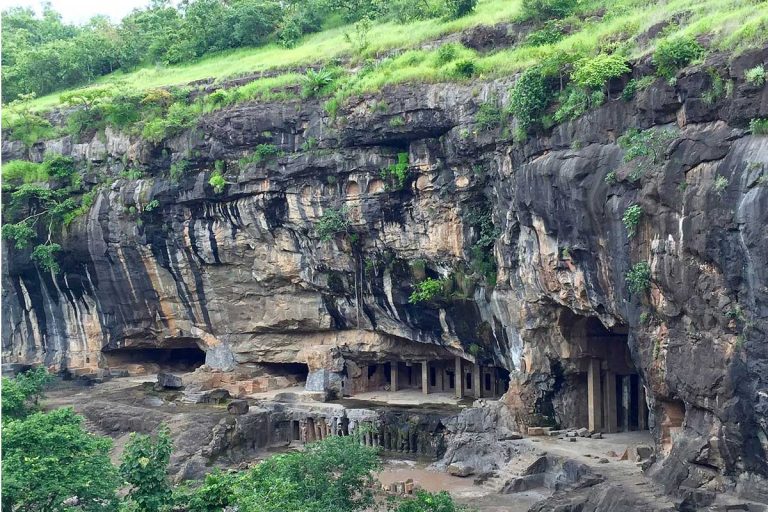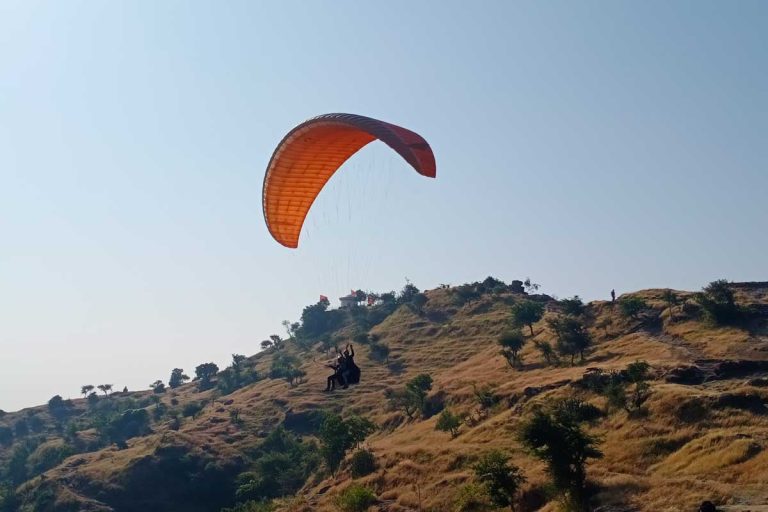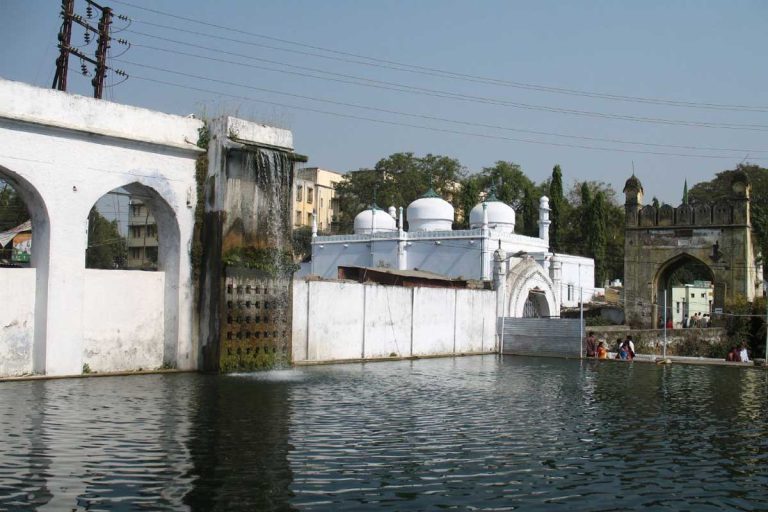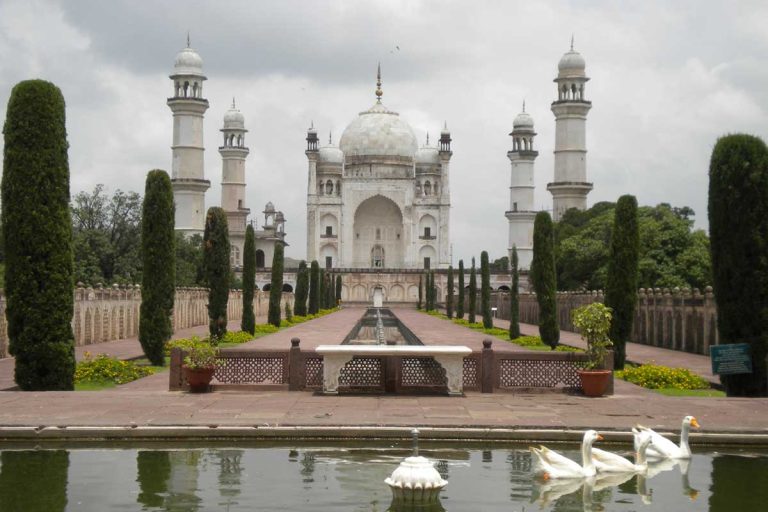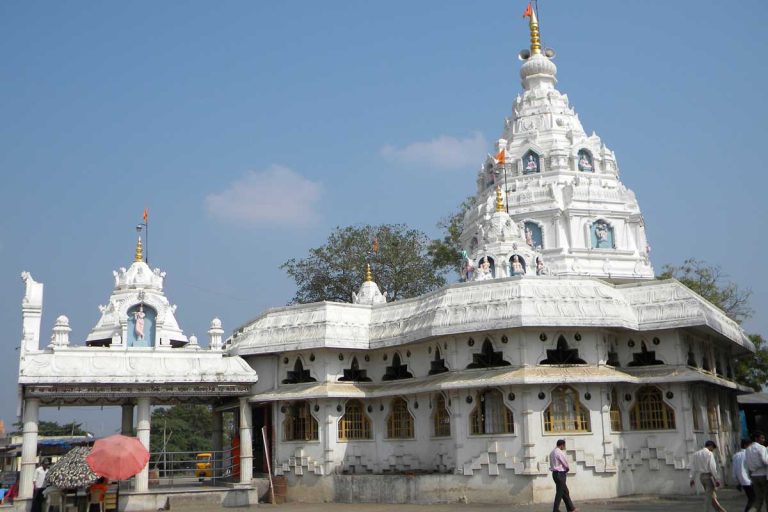Ajanta Caves
When looking for all the attractions in Aurangabad, Ajanta Caves will be the first and foremost name. A group of about 30 Buddhist caves carved into the rocks, these caves date back to the 2nd century AD and are considered symbols of ancient architecture and the most brilliant form of Indian art.
A UNESCO World Heritage Site, the Ajanta Caves are further divided into several different caves that served different purposes. The architecture, shape and appearance of the caves suggest that ancient Buddhist monks used these caves for study, living and worship. The wall murals, paintings and carvings reveal many unknown facts about the way of life, culture and traditions of the past.
98 km from Aurangabad, 98 km from Ellora Caves, 202 km from Shirdi, 272 km from Nashik, 326 km from Pune and 443 km from Mumbai are ancient Buddhist caves situated near Ajintha village in Aurangabad district. Maharashtra. Ajanta Caves are one of the oldest UNESCO World Heritage Sites in India. These caves are now protected by the Archaeological Survey of India.
Ajanta Caves are one of the most visited ancient monuments in India and one of the top heritage sites to visit near Aurangabad. The caves were carved between 2nd century BC to 6th century AD. The construction of the caves was done in two phases; The first group of caves dates back to B.C. was built around the 2nd century, while the second group was built in the 4th and 6th centuries.
The Ajanta Caves are carved into a horseshoe shaped rock face about 76 meters high overlooking the Waghur River. Built using only hammer and chisel, these caves served as a retreat for Buddhist monks for nearly nine centuries, then were suddenly abandoned. The caves were rediscovered in 1819 by a military officer in the Madras Regiment of the British Army during his hunting expedition. The discovery soon became very famous and Ajanta became an important tourist destination in India.
The complex consists of 29 stone cave monuments built in two different periods, out of which one part of the complex developed during the Satavahana period and the other during the Vakataka period. Caves 9, 10, 12, 13, and 15A were built in the first phase during the Satavahana dynasty and belong to the Hinayana phase of Buddhism. Caves 9 and 10 of these are Chaityagrihas and Caves 12, 13, and 15A are viharas. These caves belong to the pre-Christian era, the oldest of which dates back to the 10th century BC. The second period of construction took place during the reign of emperor Harisena of the Vakataka dynasty. Around 20 cave temples were built at the same time which resemble modern day monasteries with a sanctum at the back end of the structure. While all the caves are interesting to visit, Caves 1, 2, 16, 17, 19 and 26 are the highlights of Ajanta.
The caves at Ajanta are famous for their beautiful frescoes and sculptures depicting the stories of the Jatakas. The world-famous paintings at Ajanta also fall into two major phases. The oldest found in the form of fragmentary specimens in Caves 9 and 10, one of the must-see sites as part of the Ajanta tour package. The headgear and other ornaments of the figures in these paintings resemble those of the bas-relief sculptures of Sanchi and Bharhut. The second phase of painting began around the 5th – 6th centuries and continued for the next two centuries. A sample of these exemplary paintings of the Vakataka period can be seen in Caves 1, 2, 16 and 17. Artifacts in the caves include wall paintings of Bodhisattva, Padmapani and Avalokiteshvara. Various incidents from the life of Gautama Buddha and Jataka stories are represented and recreated on the walls of these caves. Scenes from the royal court of the respective periods are also painted.
MTDC Hotel is the only accommodation at Ajantha Caves. Most of the tourists prefer to visit Ajantha as a part of Aurangabad holiday package.
The nearest airport is Aurangabad, 98 km from Ajanta Caves. Jalgaon Railway Station is the nearest railway station, which is about 60 km from Ajantha Caves. It has trains from Ahmedabad, Allahabad, Ajmer, Puri, Pune, Bilaspur, Mumbai, Aurangabad, Jammu, Lucknow, Kolkata, Okha, Rameswaram, Patna, Kanpur, Varanasi, Bangalore, Goa, Amritsar and Hyderabad. Ajantha Caves Bus Stop is the nearest bus stop, which is about 4 km from the caves and is connected by eco-friendly buses of the Tourism Department. It is connected to Jalgaon, Aurangabad and Bhusawal by bus. Aurangabad and Jalgaon are the two major cities near Ajanta Caves and are well connected to all major cities and towns in Maharashtra. Visitors can also hire a cab from Aurangabad city.
Best Time to Visit Ajanta Caves
> : is between June to February
Peak season : is August to September and December.
Entrance Fee : Rs. 10 for Indians and Rs. 250 for foreigners.
Timings : All days except Monday 9 am to 5 pm.

